Helsinki Observatory
Finland's oldest astronomical observatory once played a crucial role in seafaring and timekeeping.
When walking past the Helsinki city center, it’s hard to miss the large, beautiful building that stands at the top of the hill in the southern part of the city. It is slightly obscured by a row of old trees but nevertheless is an imposing structure that can be seen from all around the harbor. This building is not a palace, as you’d be forgiven for thinking, but actually used to be Finland’s main astronomical observatory.
The Helsinki Observatory, part of the University of Helsinki, was built in 1831 and remained in use until 2010 when the university’s astronomy department was fused with the physics department. The structure is now open as a museum that showcases the history of astronomy in Finland, and its many beautiful telescopes.
You might wonder why an observatory would have such a prominent spot in a capital city, especially so close to the harbor. This is because astronomy was, at the time, an indispensable part of seafaring. Astronomers would make star charts and almanacs, and test tools like sextants and compasses that would later be used by ships. Their knowledge of the stars is what kept ships sailing and allowed them to come home.
Astronomy also played a crucial role in timekeeping, which was the main source of error when navigating the sea, making it a very serious business. The Helsinki Observatory marked the center of the Finnish meridian, and this location set the standard for Finnish time. The precise time of day would be communicated with ships by dropping a big red ball at exact hours. Ship captains would see the ball drop and adjust their clocks to that moment.
The Helsinki Observatory was also the first observatory to implement an east-west structure with domes along its length, ensuring that one dome never obstructed another’s view of the sky. This was a novel approach at the time and one that was copied by Russia’s Pulkovo Observatory soon after, which in turn inspired the design of many European observatories after that.
Know Before You Go
The observatory museum is open from Thursday through Sunday. Tickets cost 8 euro for adults.

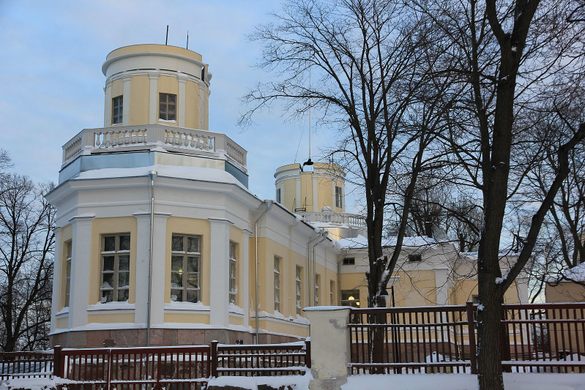






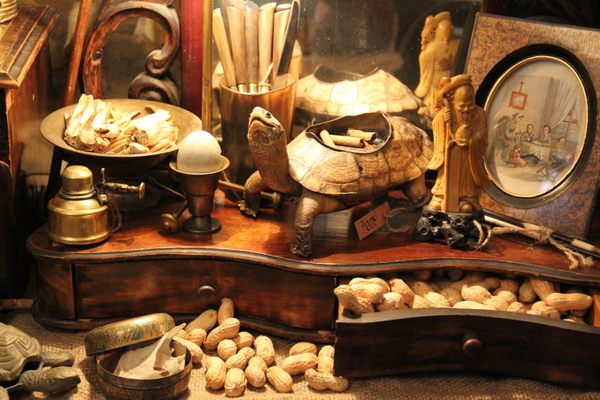




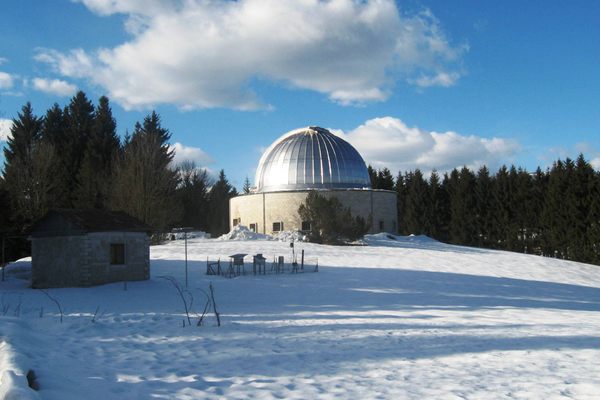
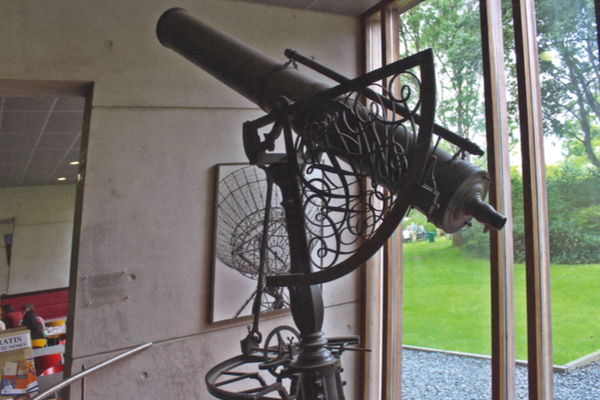

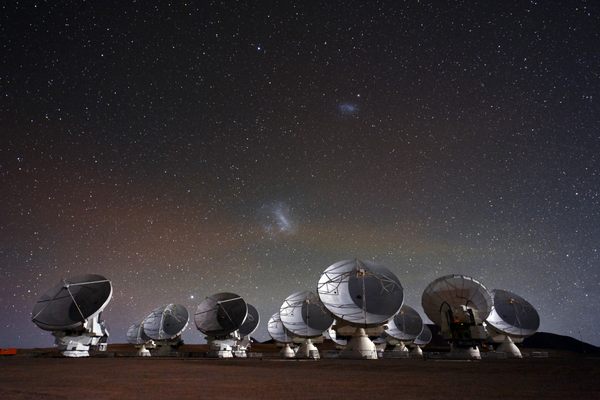

Follow us on Twitter to get the latest on the world's hidden wonders.
Like us on Facebook to get the latest on the world's hidden wonders.
Follow us on Twitter Like us on Facebook